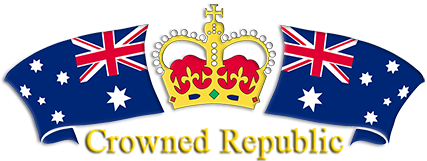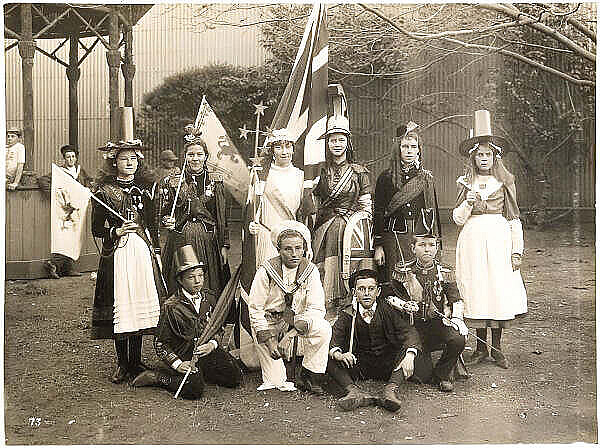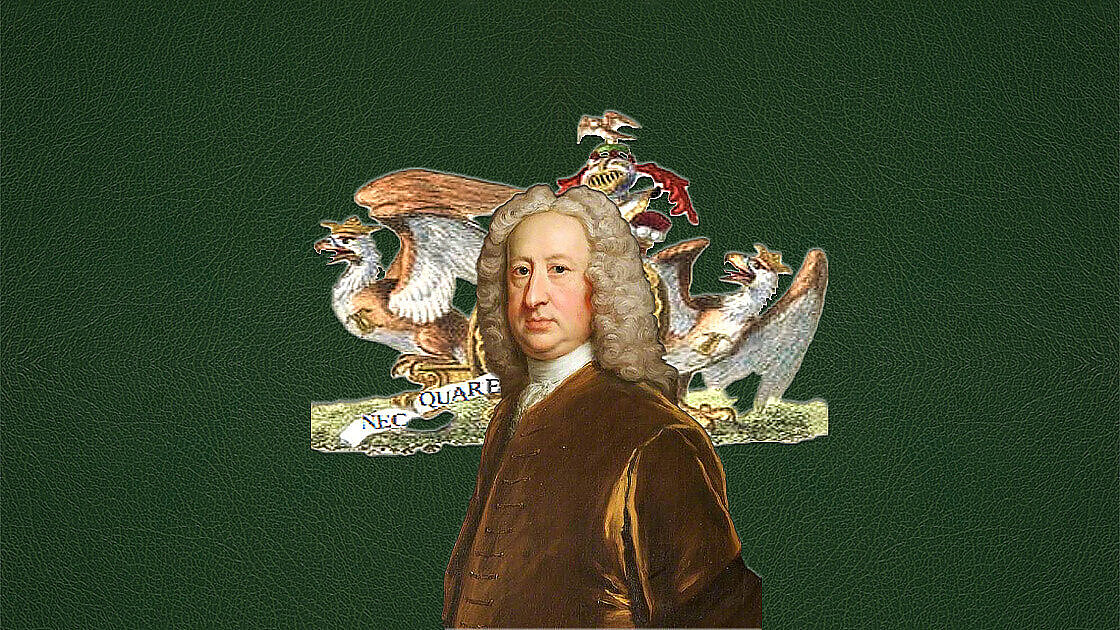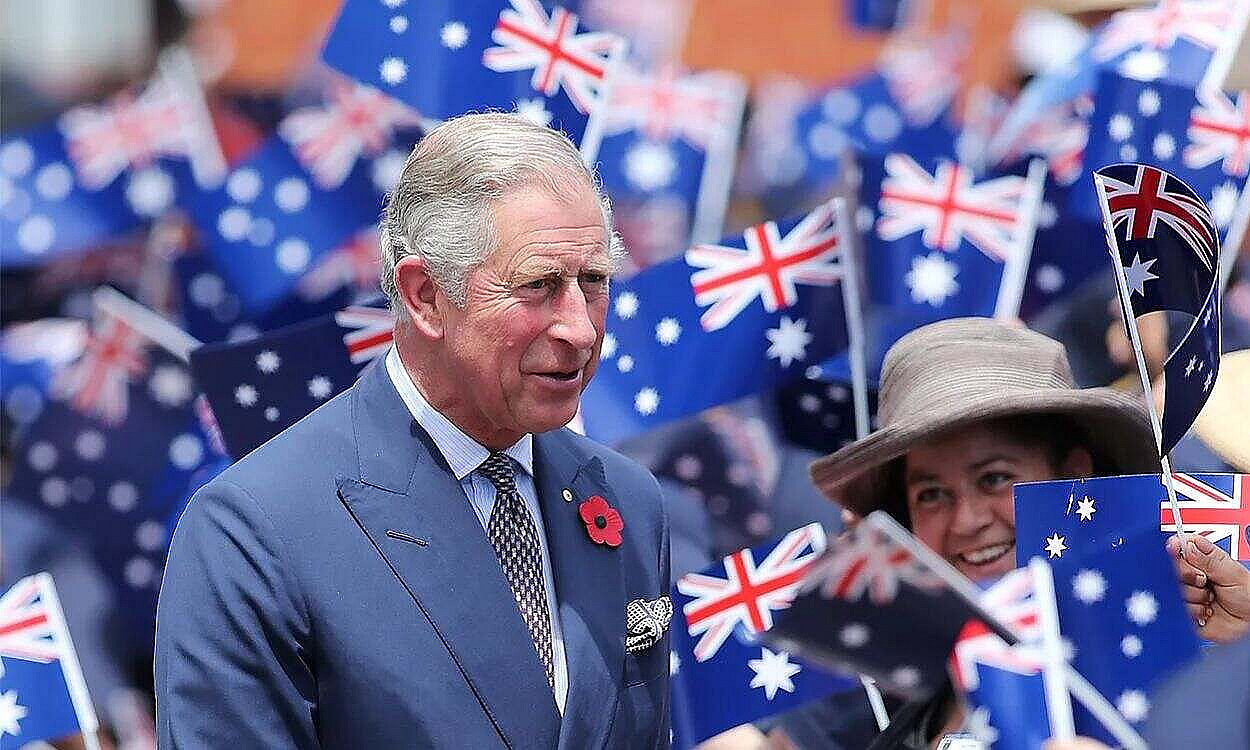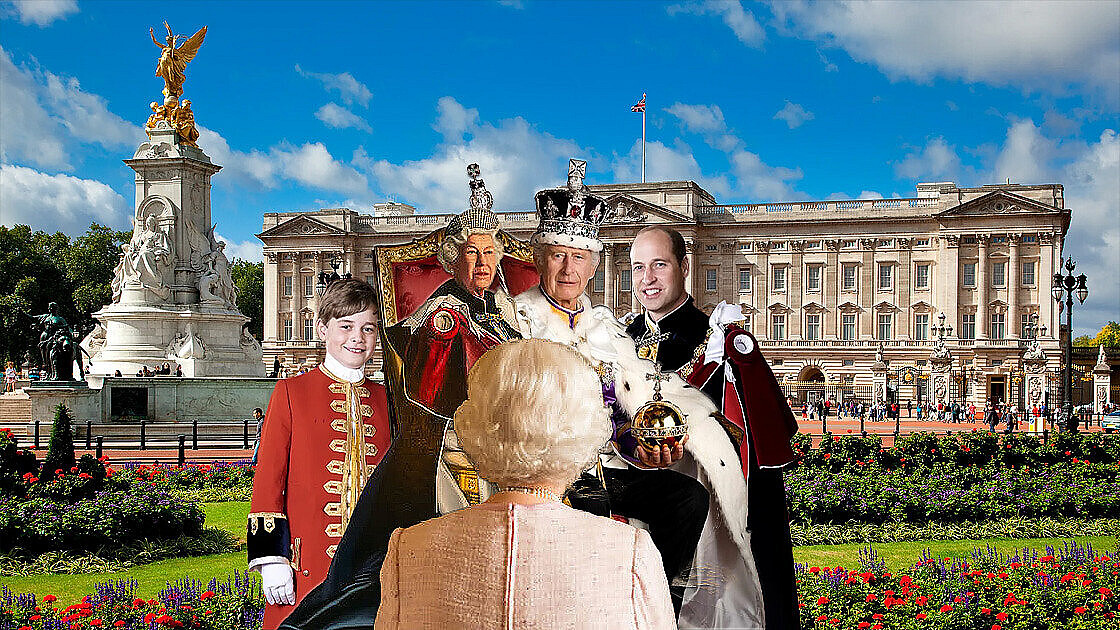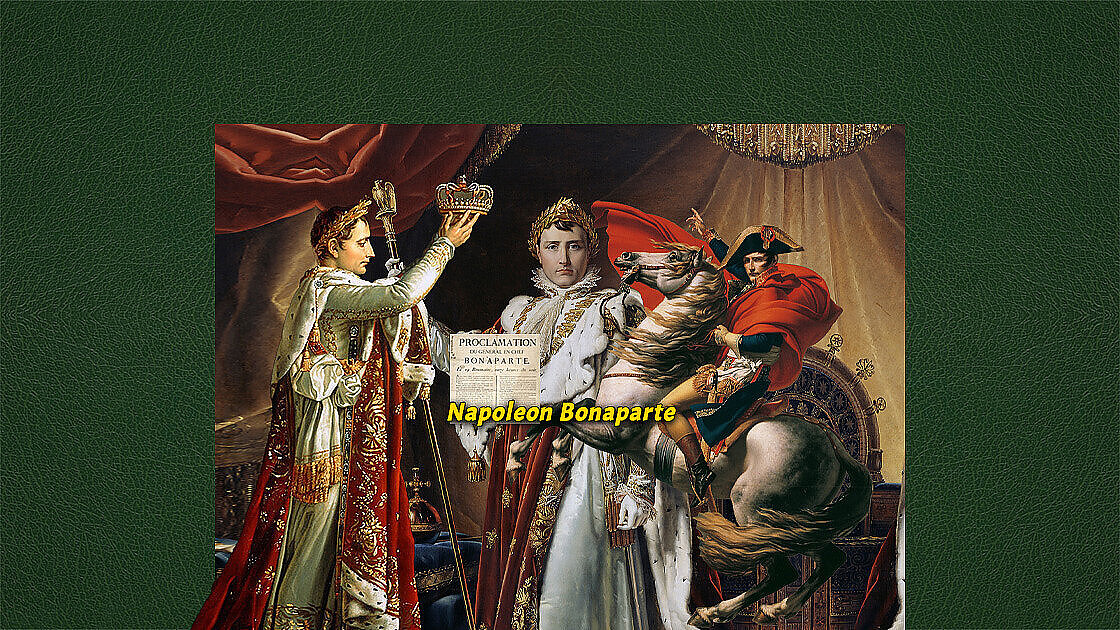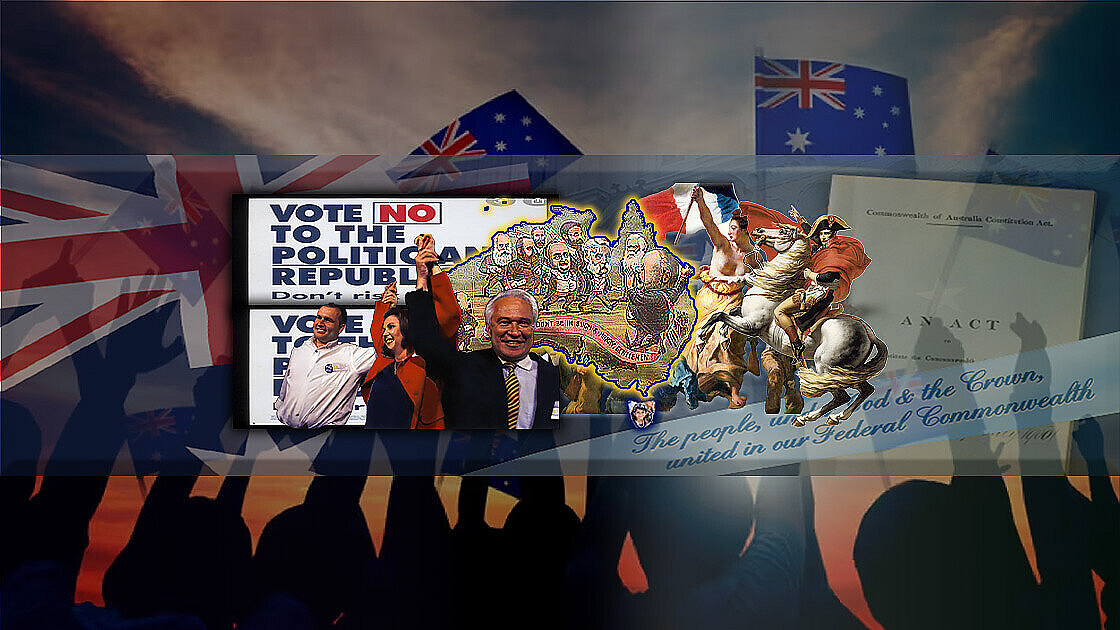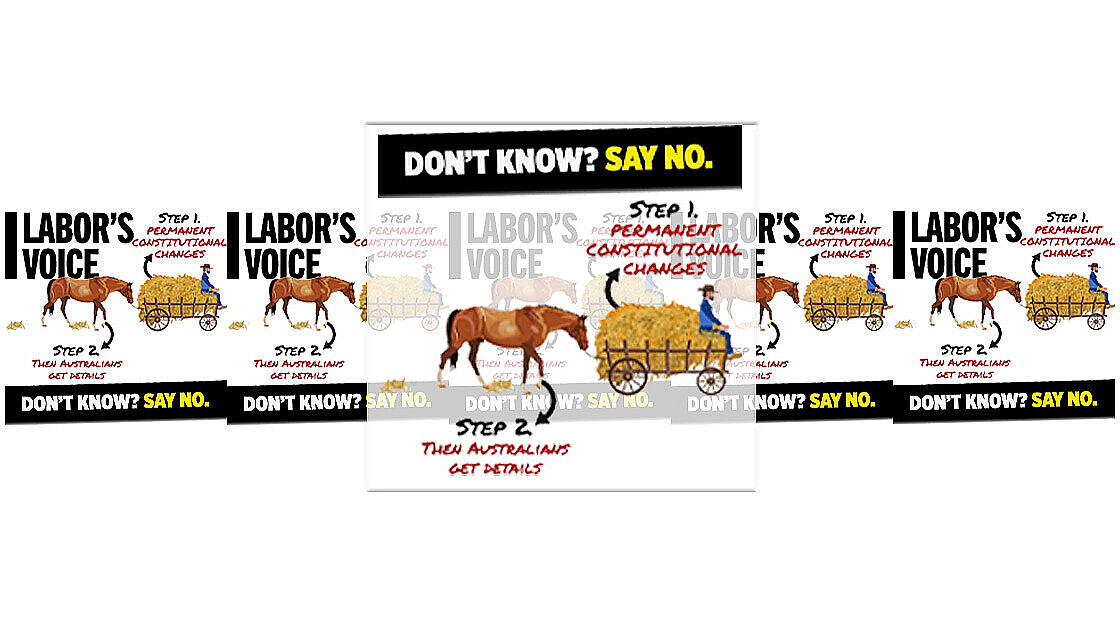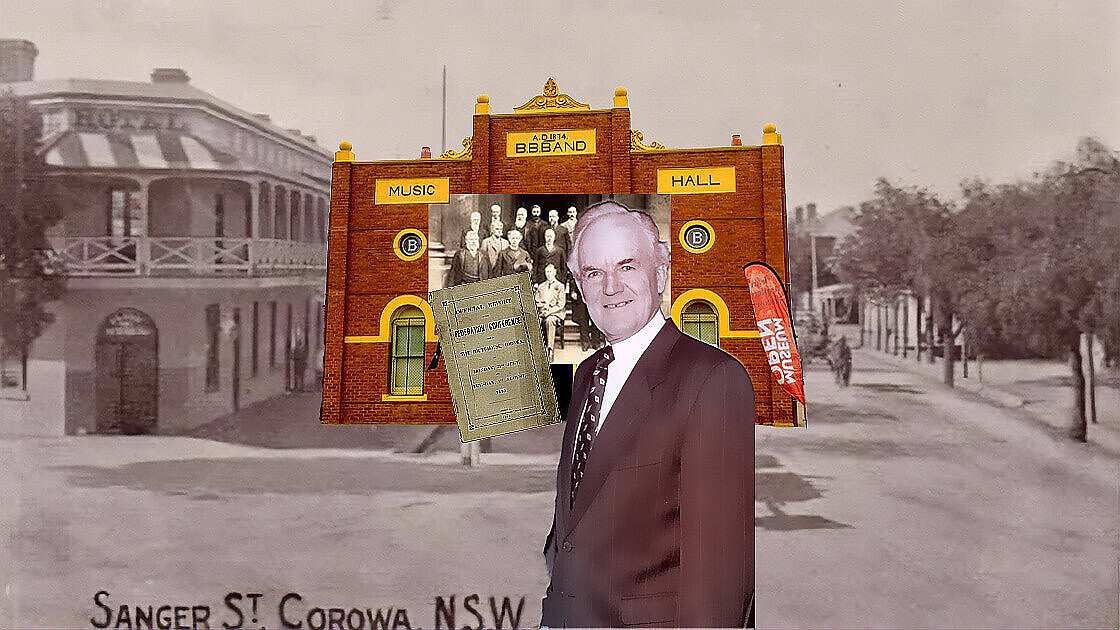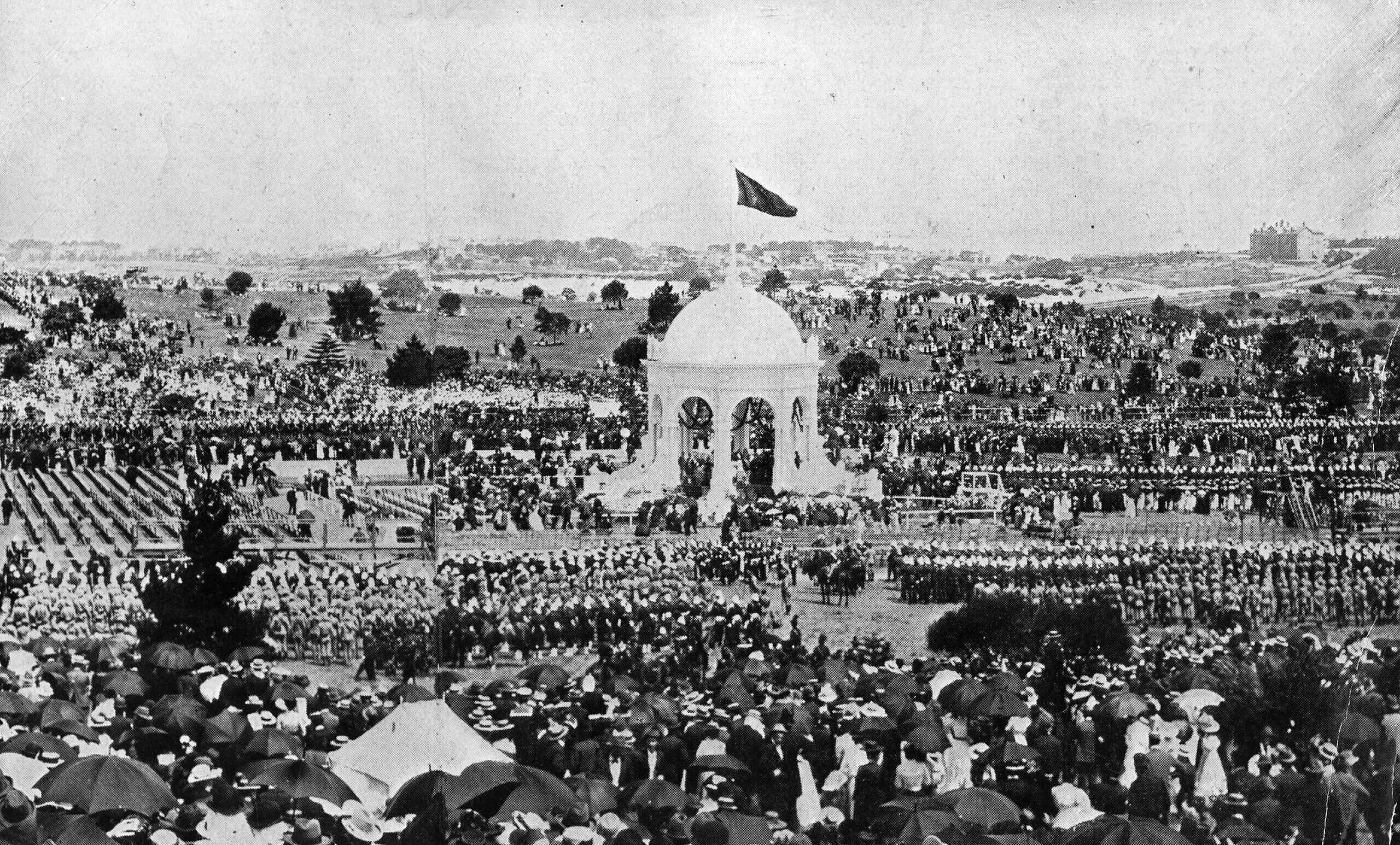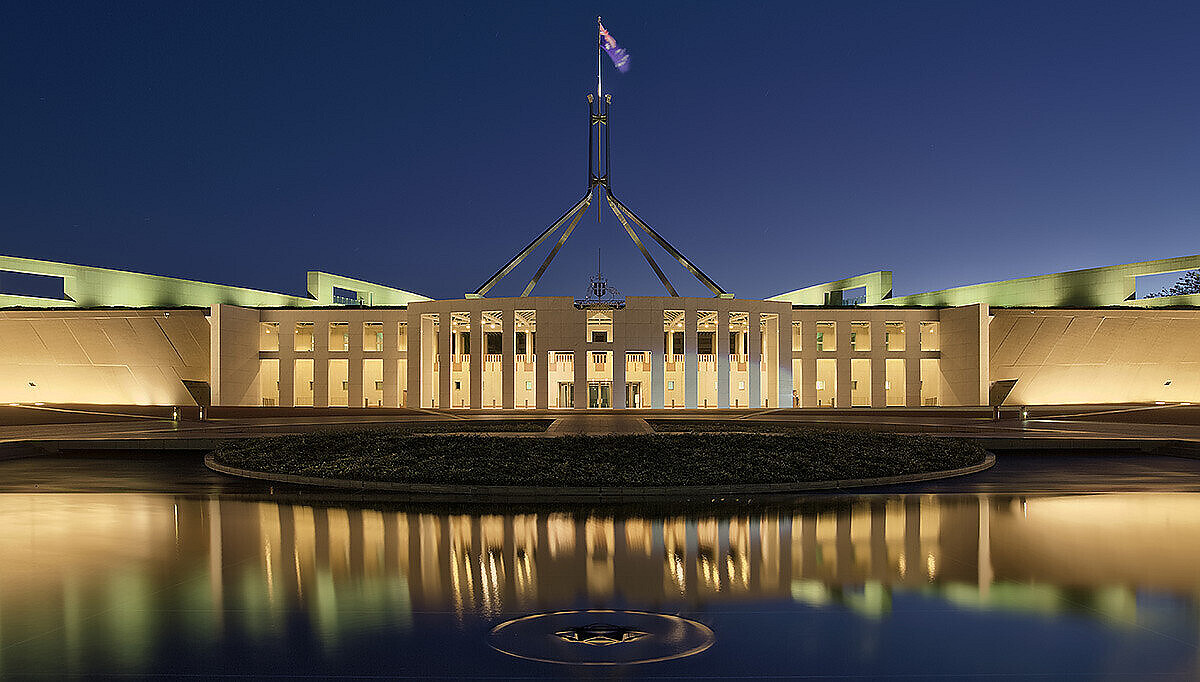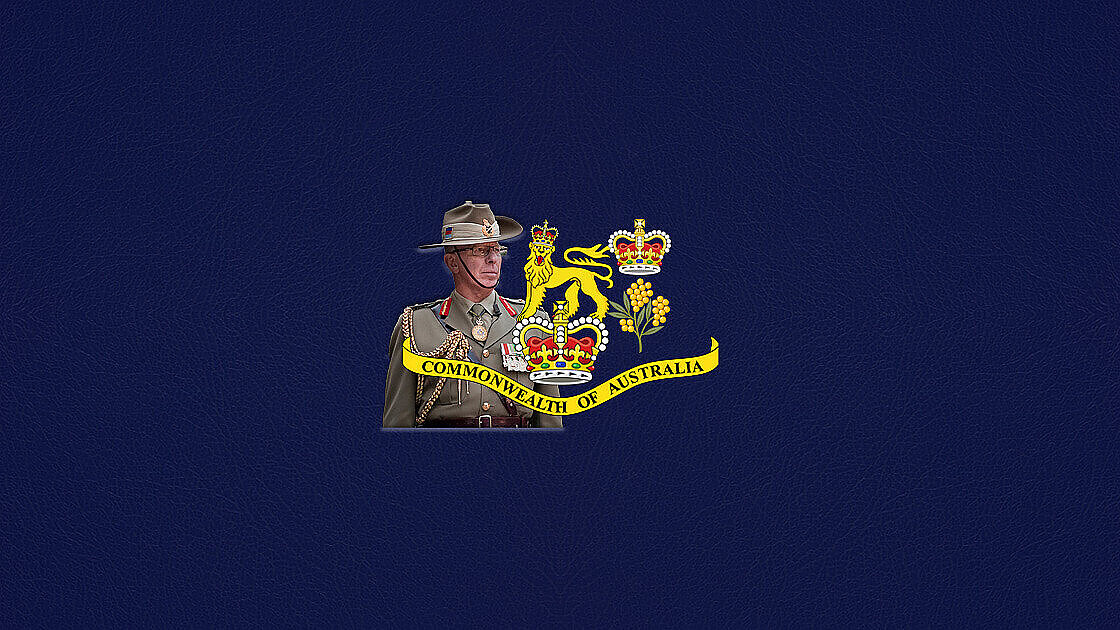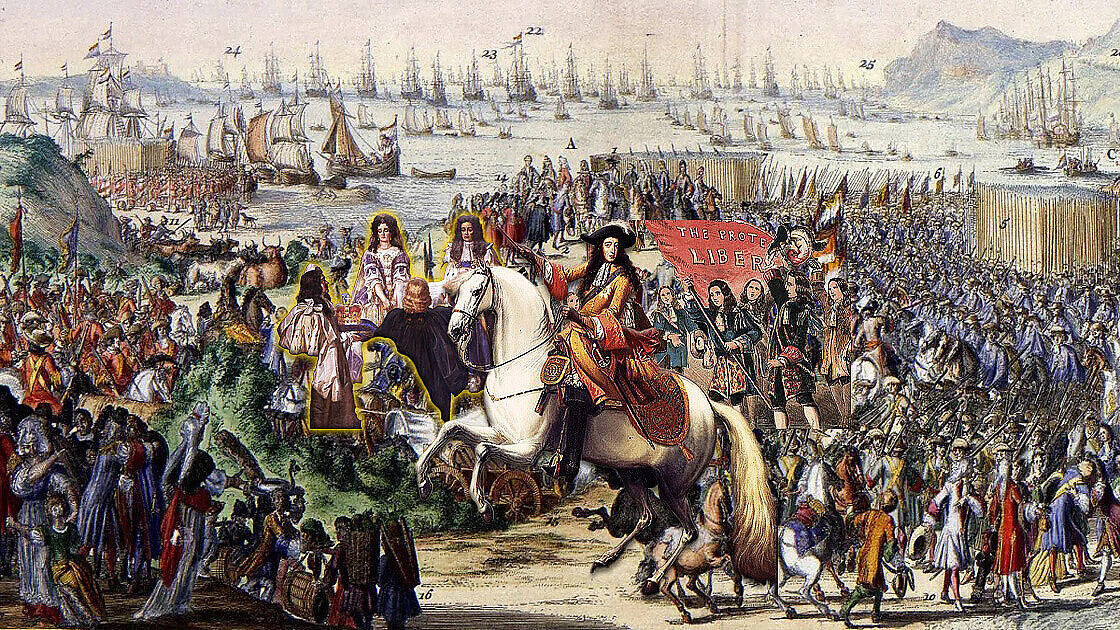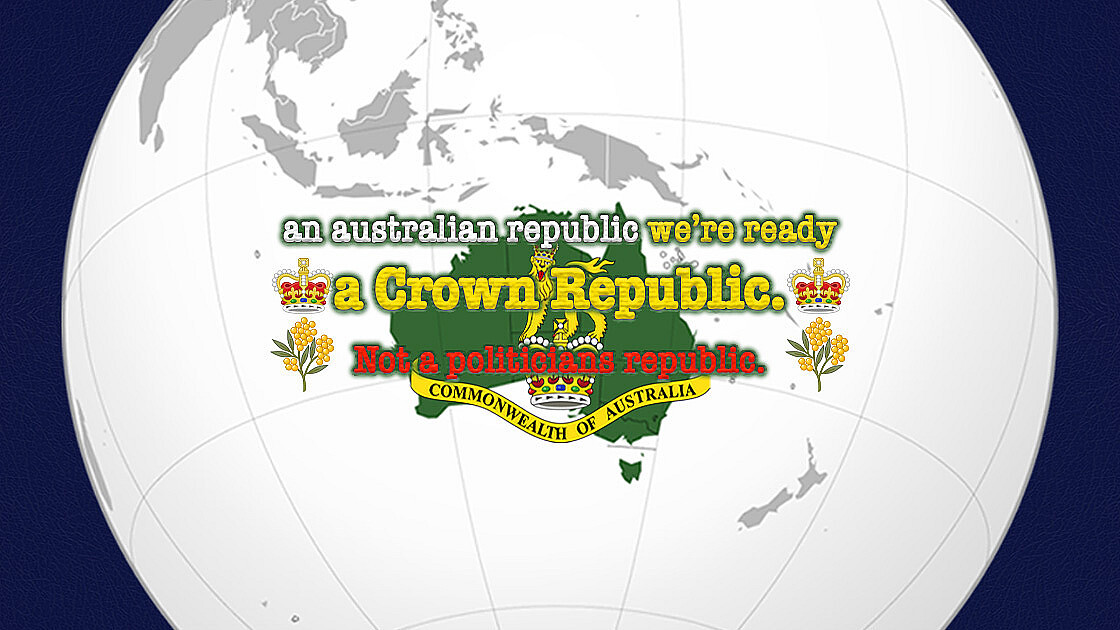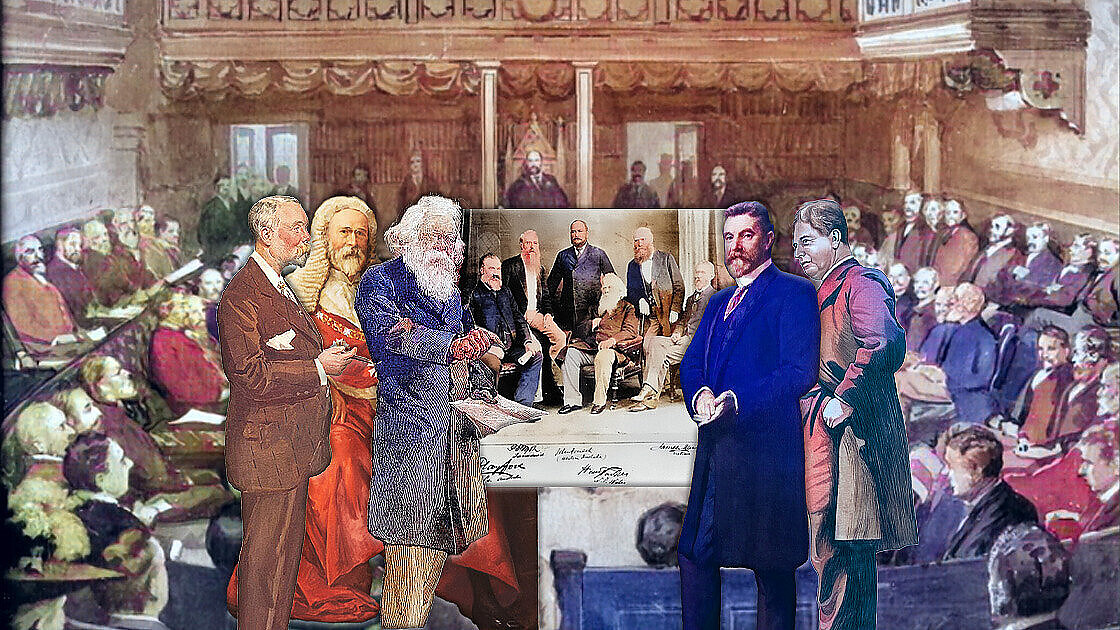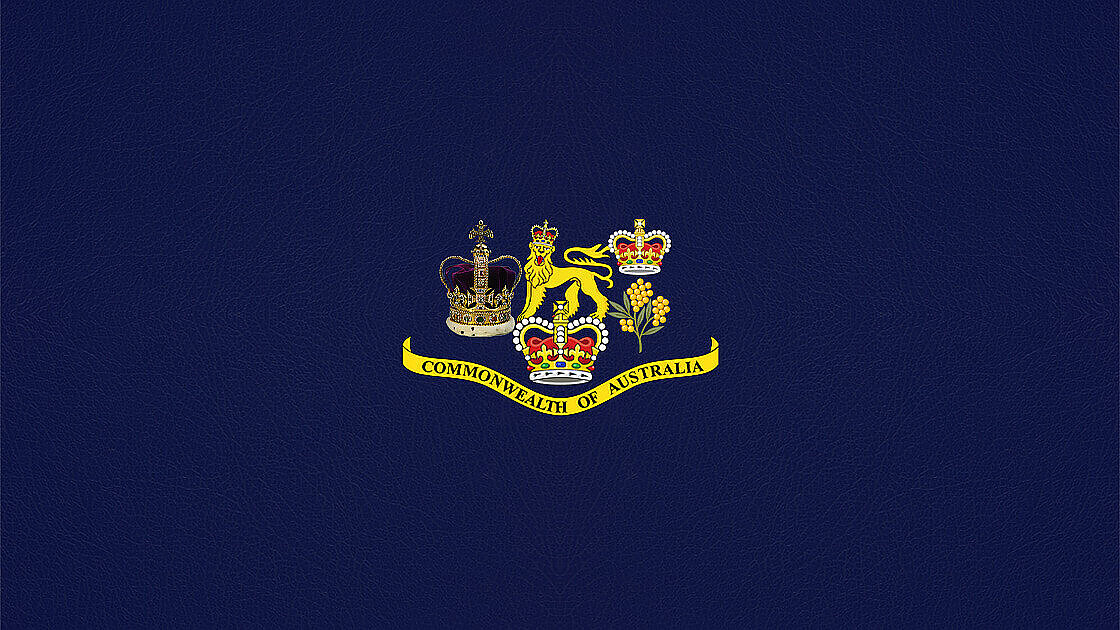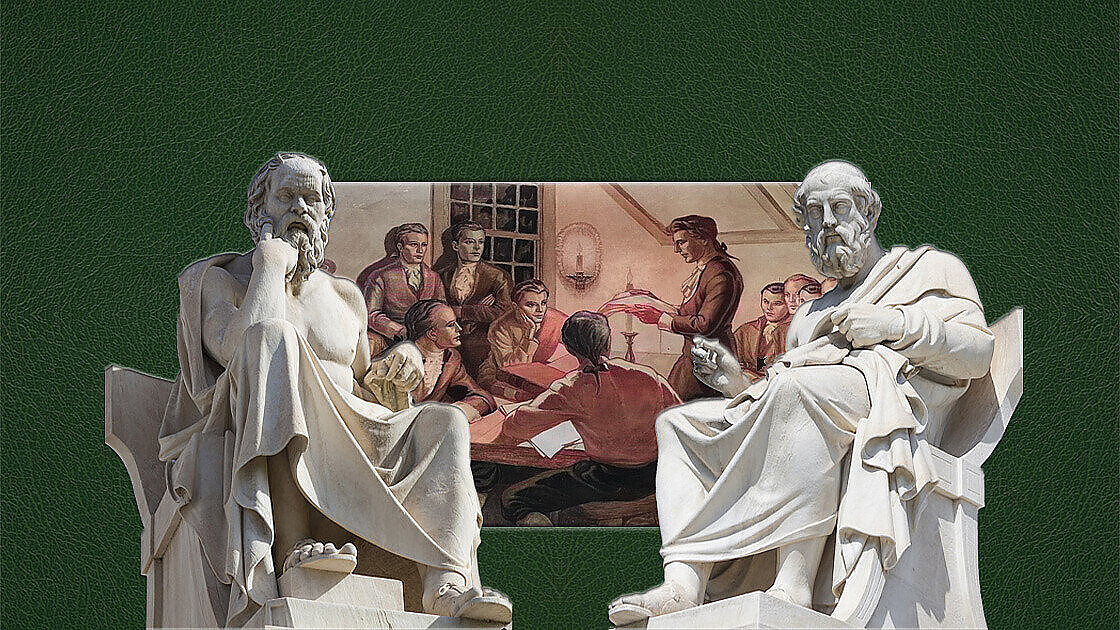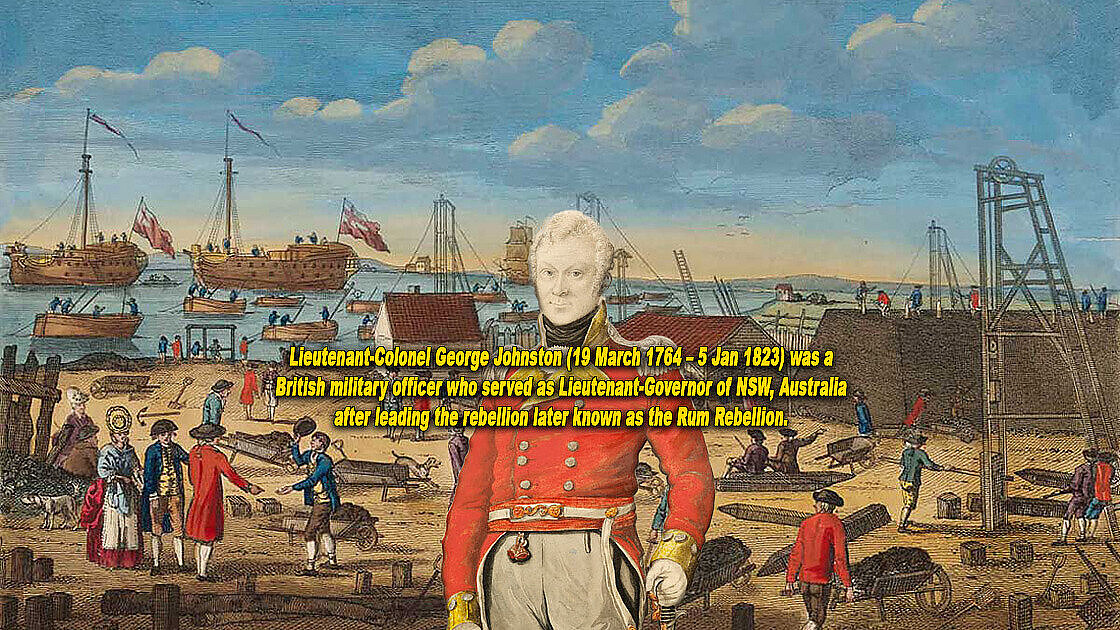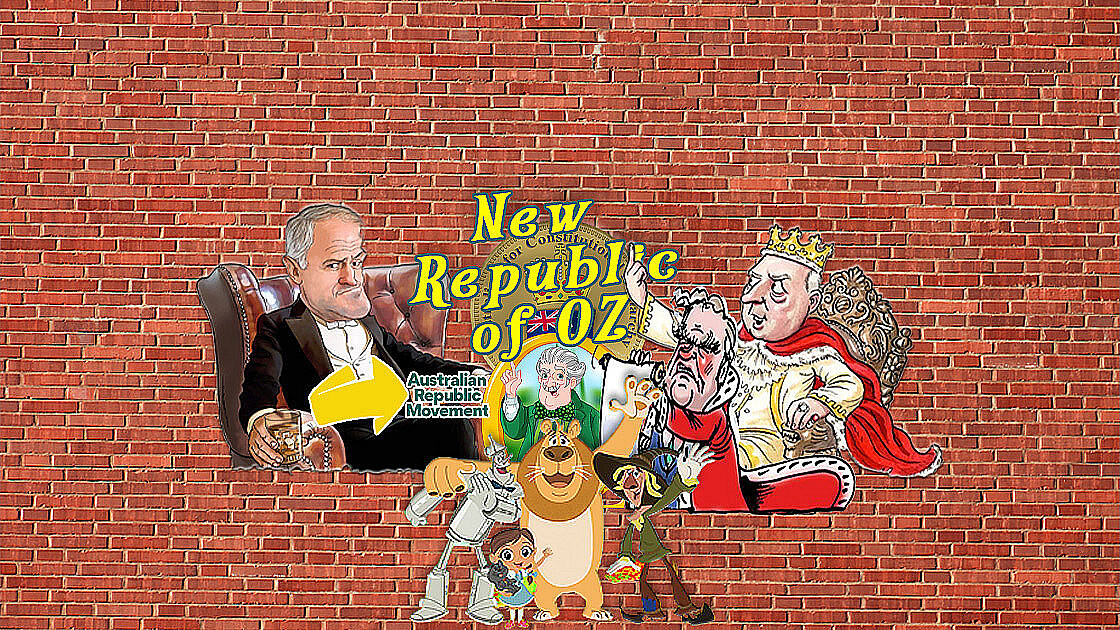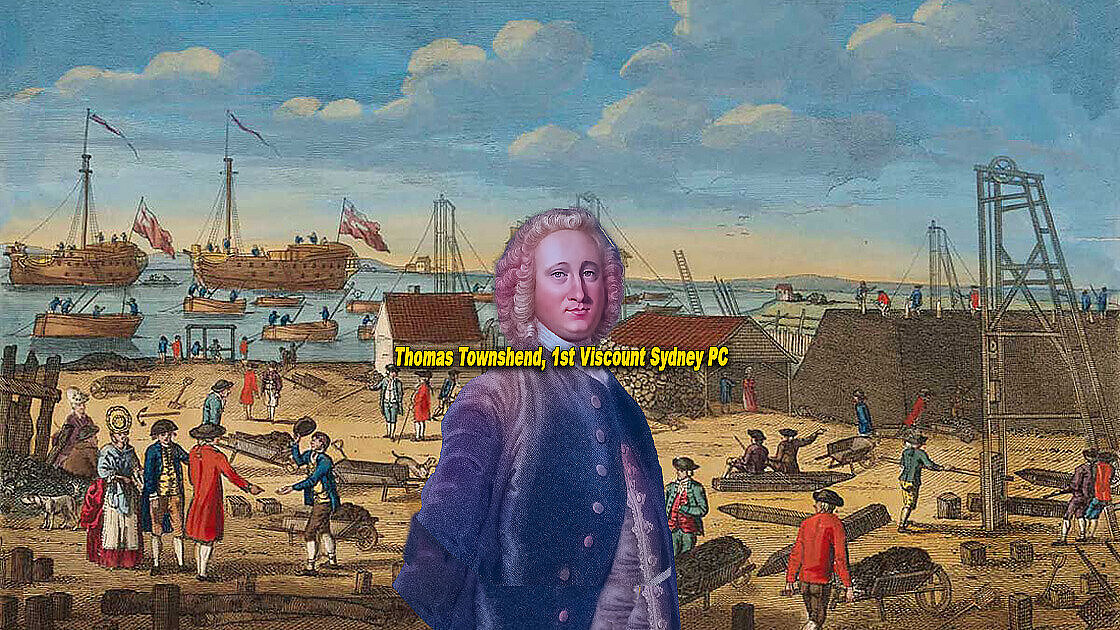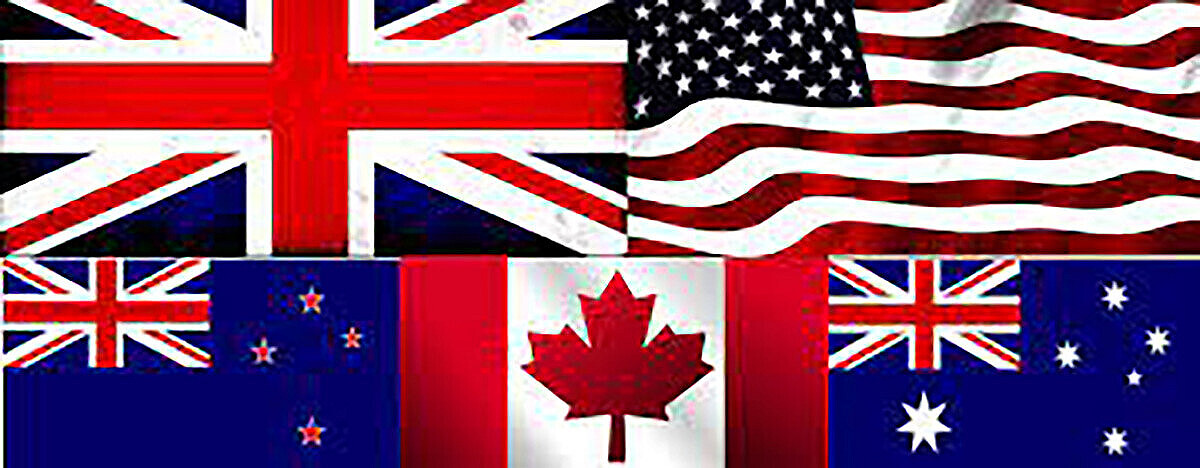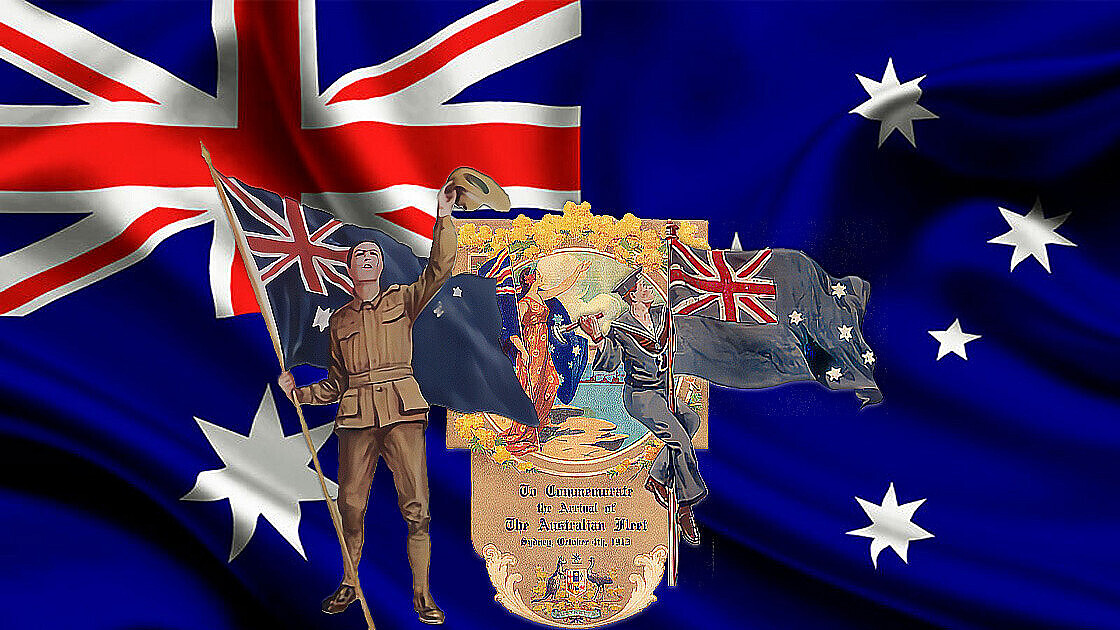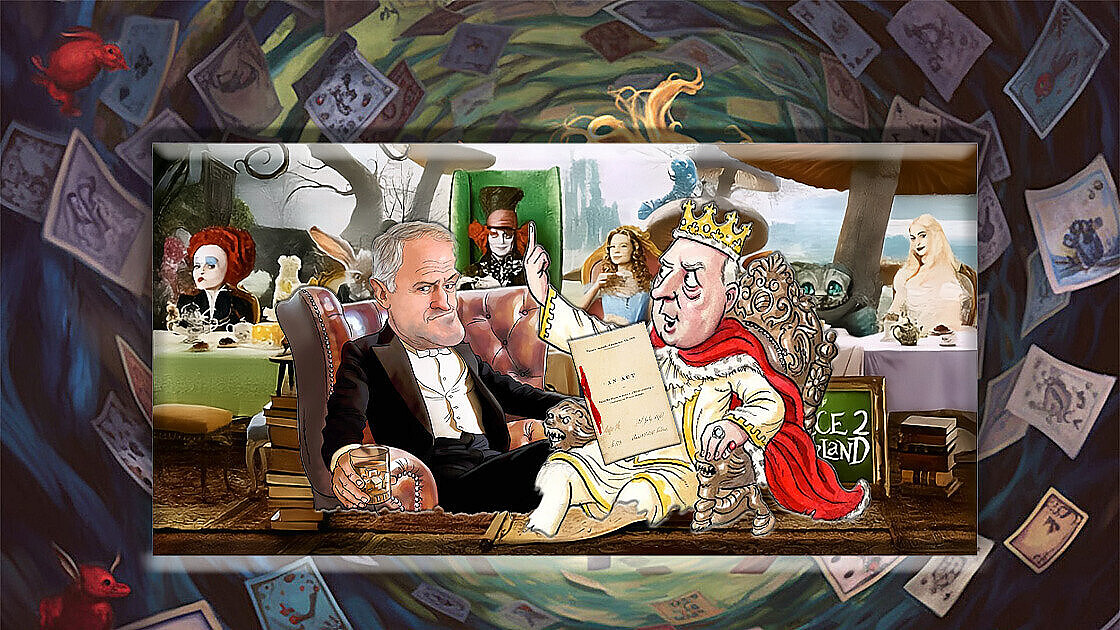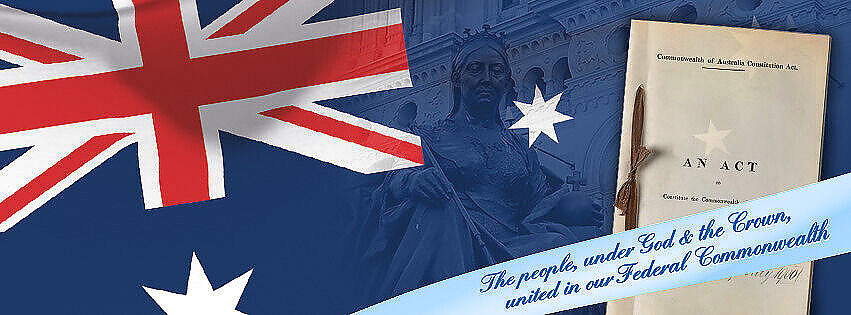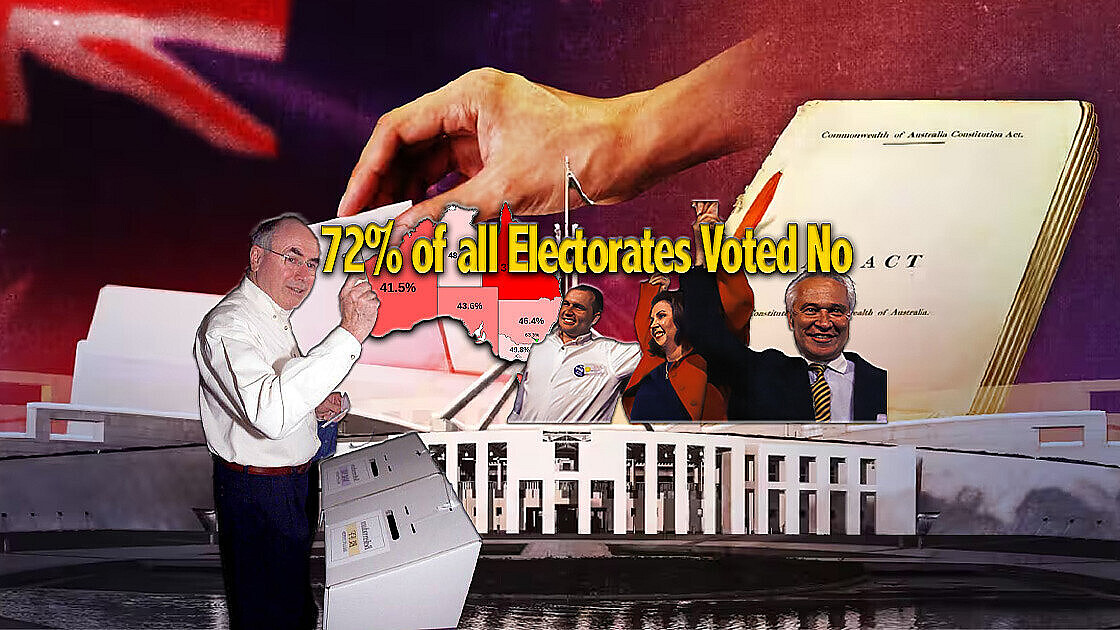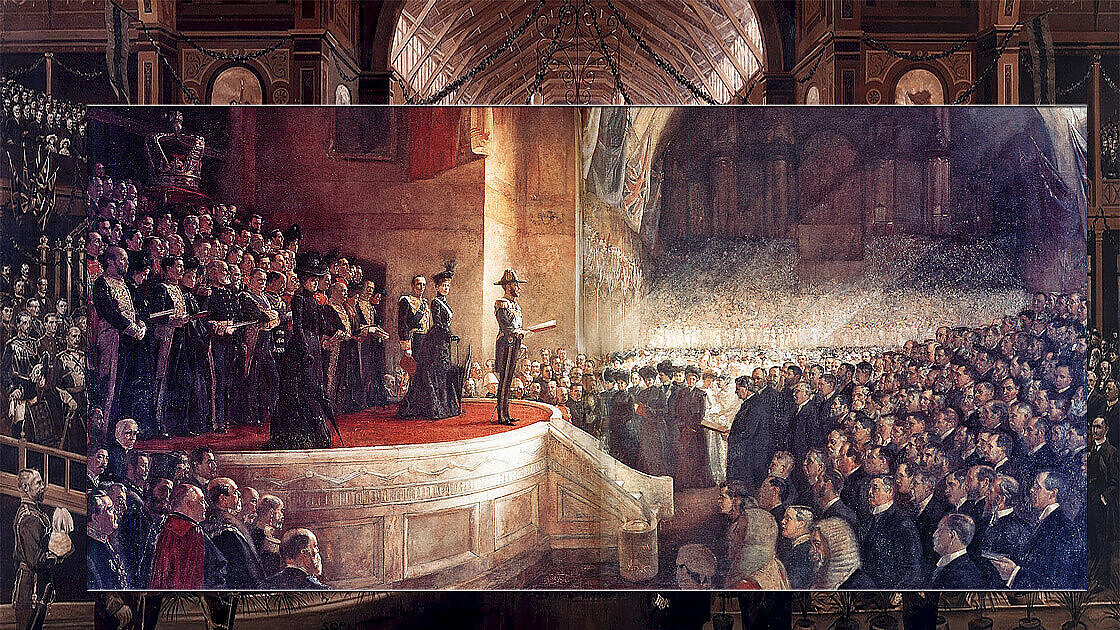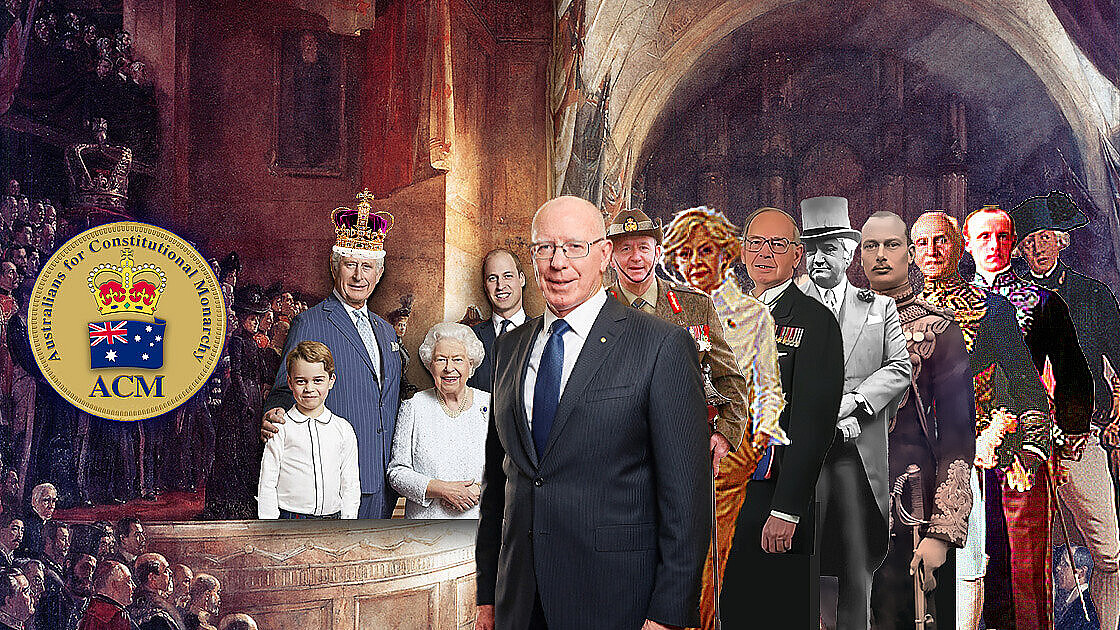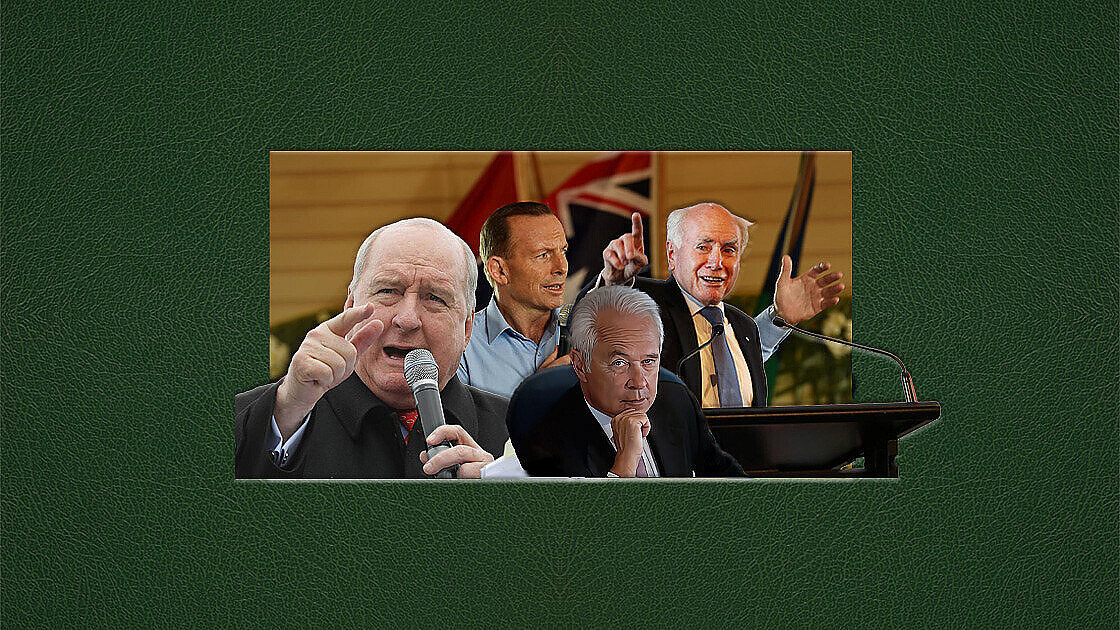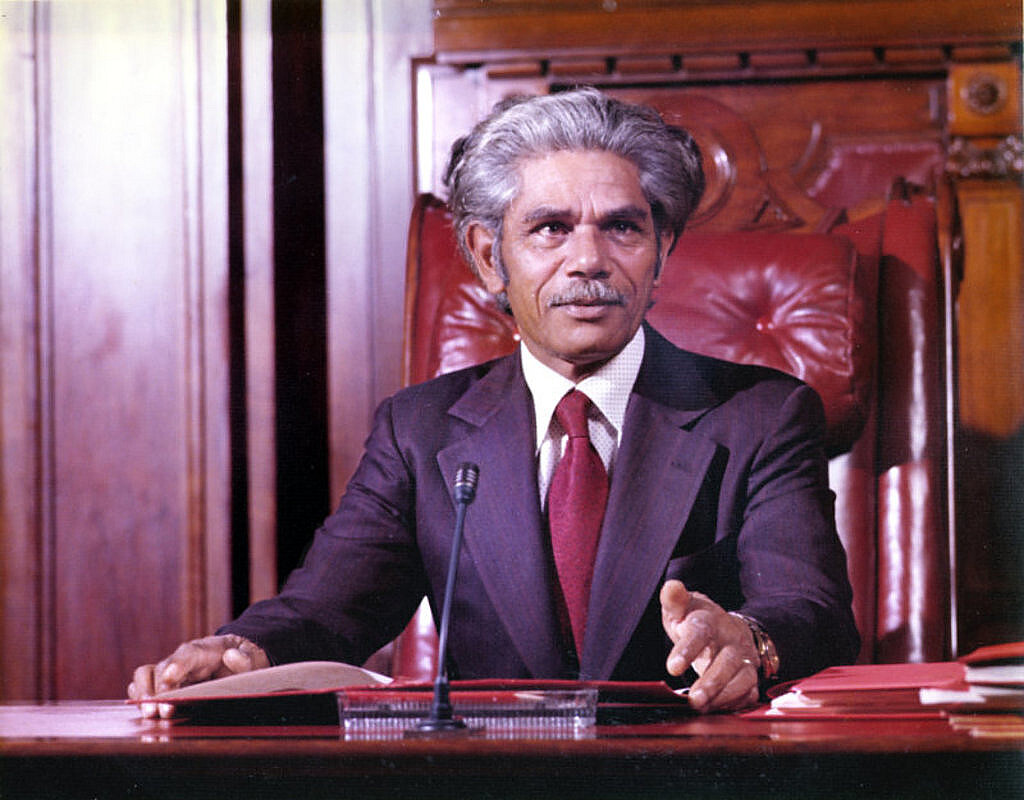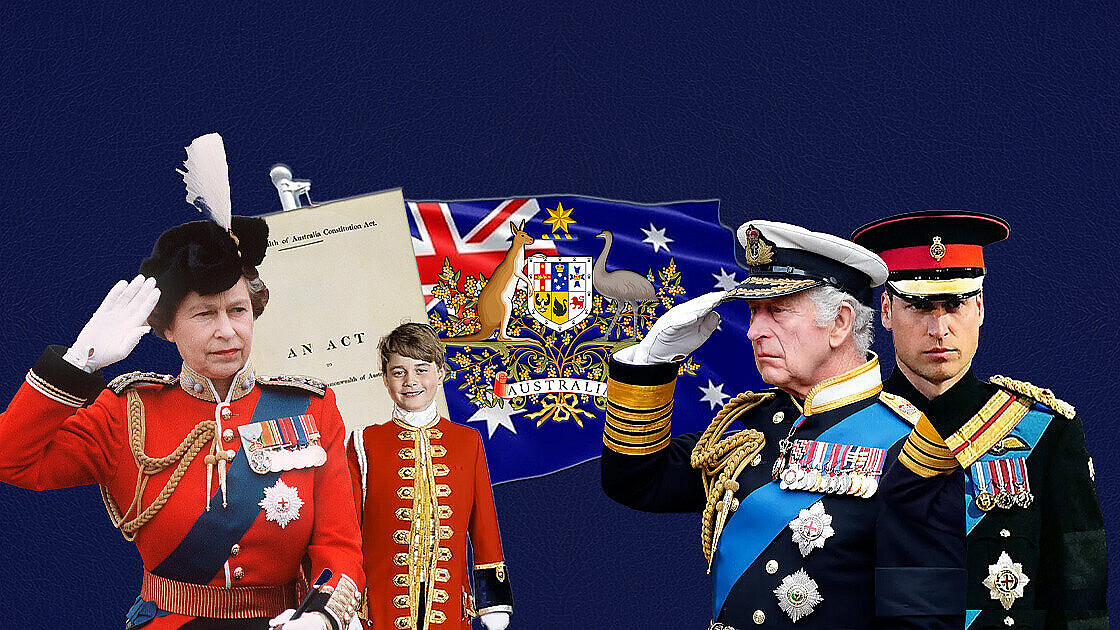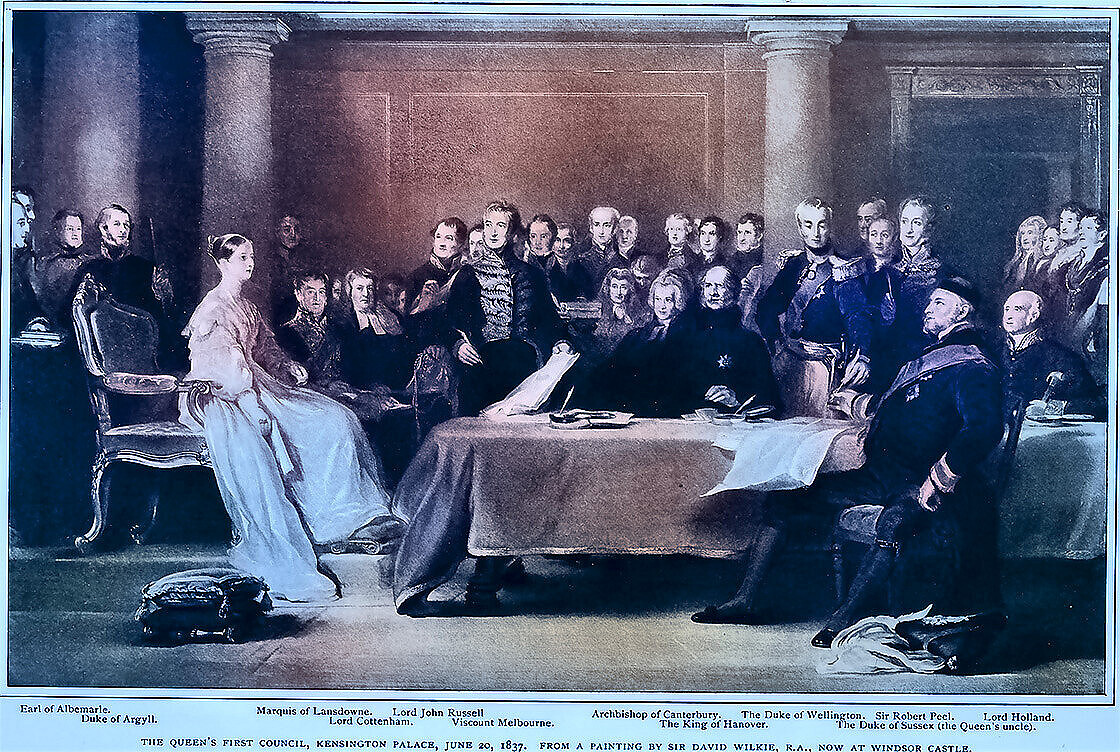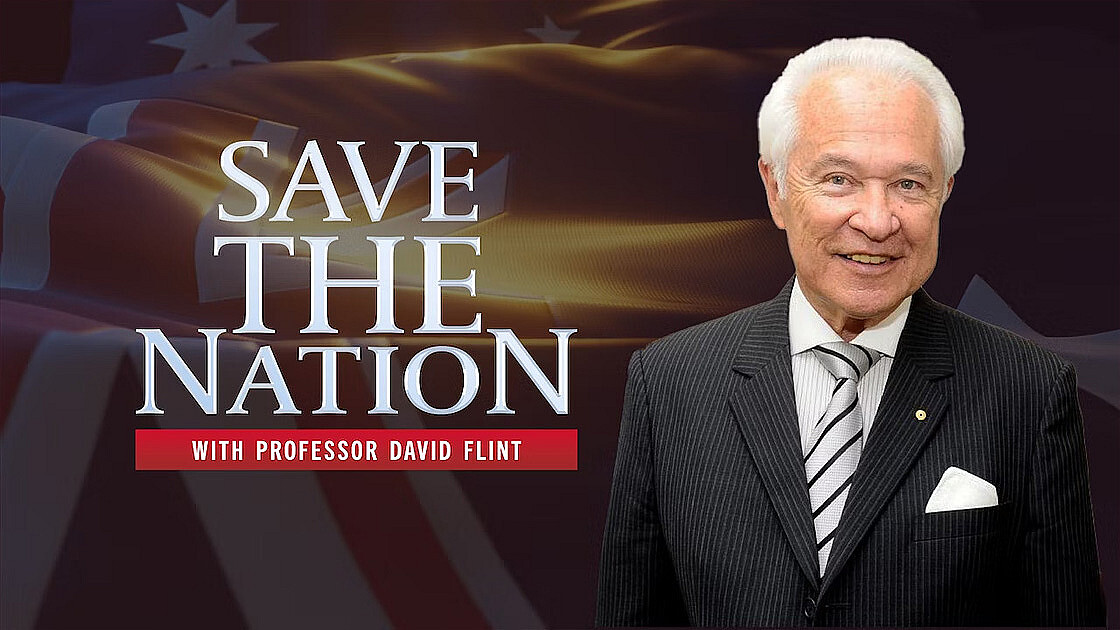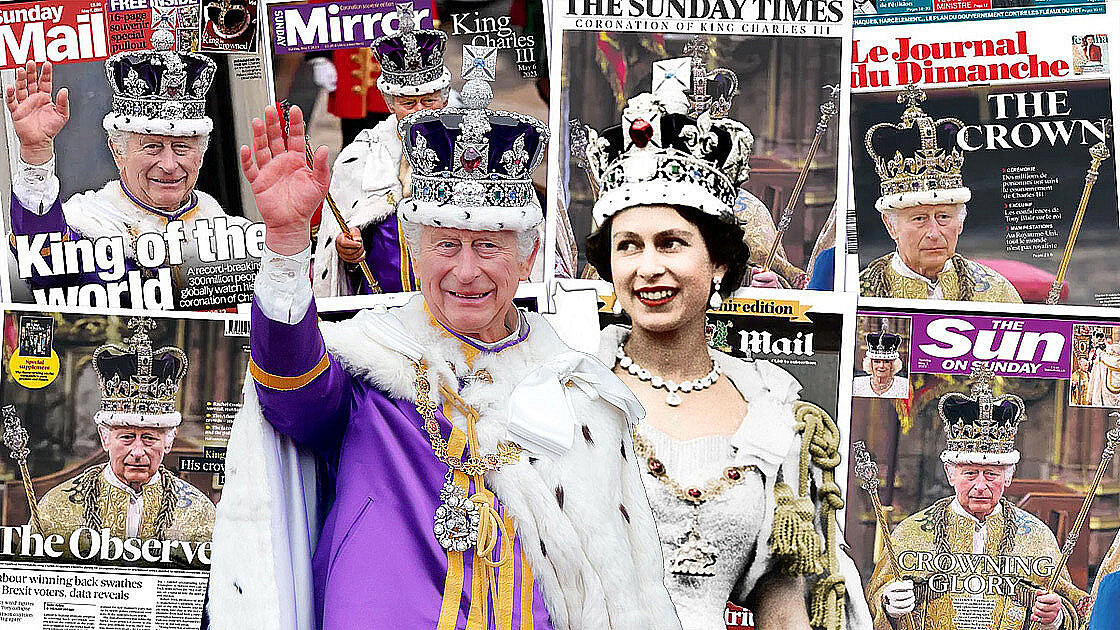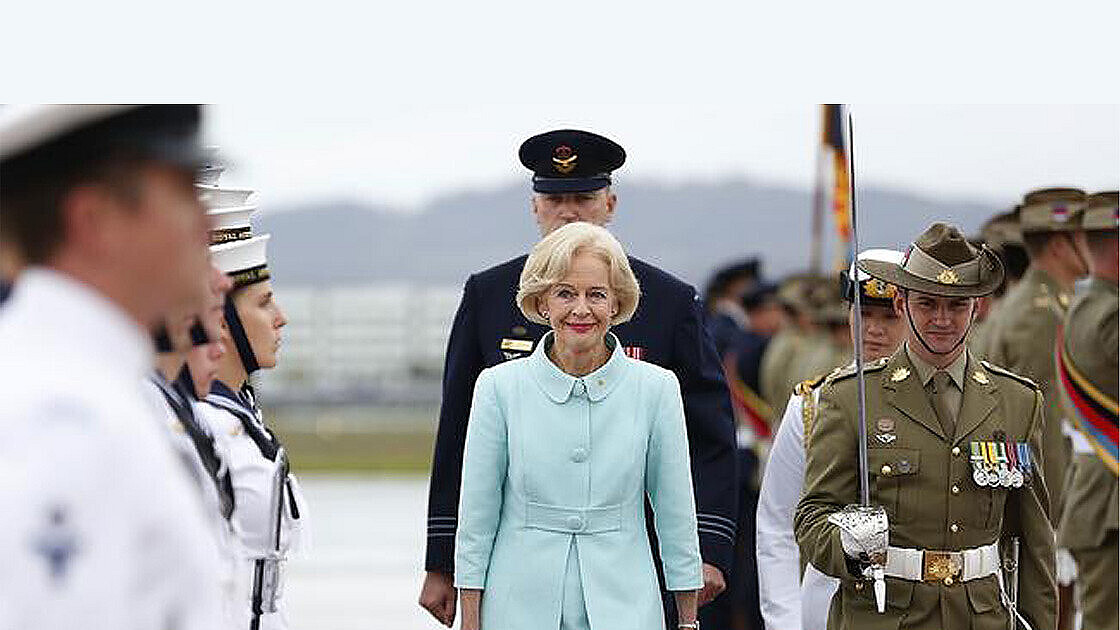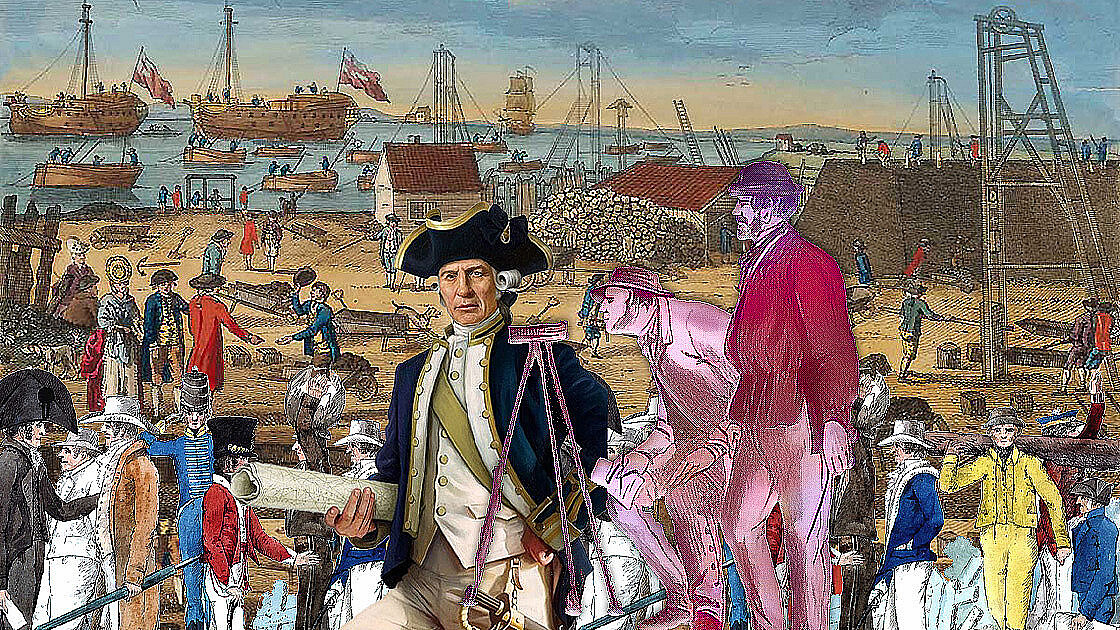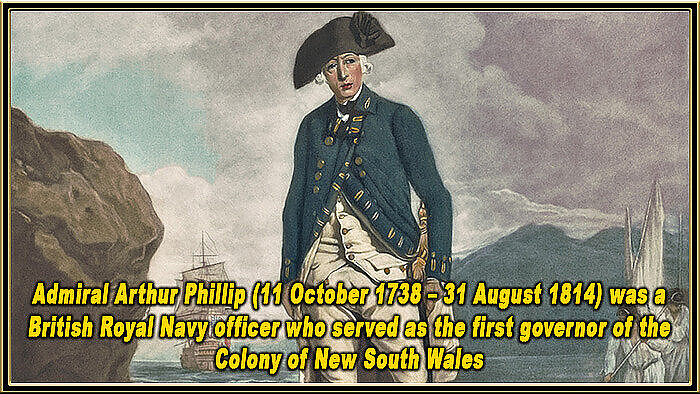
The Governor of New South Wales is the oldest office in Australia. The Governor administered the colony under the law and in accordance with detailed instructions from London.
As the colonies received self-government mainly in the middle of the nineteenth century, the Governor’s functions receded to those of a local constitutional monarch, with the additional function of representing the Imperial British government.
The latter ended in 1926, but at the specific request of Australia, the Statute of Westminster, 1931, did not apply to the states.
This meant that in State matters, for example, the appointment of the Governor, the Sovereign would act on the formal advice of the British ministers, who almost always acted according to the wishes of the State government.
The only recorded case of disagreement between a Premier and the British ministers was the refusal to renew the appointment of Sir Colin Hannah as Governor of Queensland. He had criticised the Whitlam government in public and had thus entered the political debate. Governors should, of course, be above politics. The British view was that as long as the States wanted the British ministers to advise The Queen, they would do so in accordance with a constitutional convention. The arrangement whereby the Sovereign was formally advised on State matters lasted until 1986, not because of any wish by the British to remain involved in internal Australian affairs.
It continued because State governments of all parties trusted the British ministers more than they did the Federal government. As Australia voluntarily assumed this, it cannot be said that Australia was not independent. In a similar vein, the Canadian constitution could only be amended by the British Parliament until 1982. This was because the Canadians could not agree on an amending formula.
Finding a solution to the position of the Australian States, which was satisfactory to the Commonwealth, all of the States, the British government and The Queen, was not easy. Fortunately, The Queen played a significant role in finding such a solution, one which had eluded generations of Australian politicians.
Her Majesty agreed to a solution which is unique in the Commonwealth and applies to no other Realm, including Canada. This provides that on State matters, The Queen is to be advised by the relevant Premier. This arrangement ended in 1986 with the passing of the Australia Acts by the British and Australian Parliament. This story is related to an excellent book by Dr Anne Twomey, The Chameleon Crown: The Queen and Her Australian Governors, The Federation Press, Sydney, 2006, which Sir David Smith has reviewed.
- The role and function of a Governor of an Australian State is the Governor of QLD.
- The role and function of a Governor of an Australian State is the Governor of NSW.
- The role and function of a Governor of an Australian State is the Governor of VIC.
- The role and function of a Governor of an Australian State is the Governor of Tasmania.
- The role and function of a Governor of an Australian State is the Governor of SA.
- The role and function of a Governor of an Australian State is the Governor of WA.
- The role and function of an administrator of NT.
Note:
Does the Act have a Governor?
Unlike the Australian States and the Northern Territory, the Australian Capital Territory Legislative Assembly directly elects one of their number to be the Chief Minister of the Australian Capital Territory as the head of the Government, rather than being appointed by a Governor or Administrator.
Canberra is not only the national capital but, as the Australian Capital Territory (ACT), it is a self-governing city-state of more than 300,000 citizens.
Does the Northern Territory have a Governor? No an Administrator
The Administrator of the Northern Territory is appointed by the Governor-General of the Commonwealth of Australia.
With a similar role to a State Governor, the Administrator represents the Crown in the right of the NT and has the power to administer the government through the Northern Territory (Self-Government) Act 1978.
SEE: This eight-part video series on The Governor of New South Wales shows the activities, role and function of our Governors :
A Day in the Life of the Governor of NSW
The Governor of New South Wales Part 8 - In 1989 Sir David Martin, the Governor of New South Wales, appeared in an educational video about the role of the Governor. In this last extract we are shown an example of the day in the life of Her Majesty's representative in New South Wales.
A Tour of Government House in Sydney
The Governor of New South Wales Part 7 - In 1989 Sir David Martin, the Governor of New South Wales, appeared in an educational video about the role of the Governor. In this section Lady Martin gives a tour of Government House including the private apartments.
The Governor at Government House
The Governor of New South Wales Part 6 - In 1989 Sir David Martin, the Governor of New South Wales, appeared in an educational video about the role of the Governor. Here he discusses the powers and responsibilities of the Governor. There is also footage of functions held at Government House with the Governor as host. Some of these functions are formal, some less so.
Taking the Governor to the People
The Governor of New South Wales Part 5 - In 1989 Sir David Martin, the Governor of New South Wales, appeared in an educational video about the role of the Governor. SIr David answers questions from NSW school students about the practical aspects of being a governor. When governor Sir David Martin was determined to "take the Governor to the people". This segment concludes with a presentation on the many community groups with which the governor is involved.
The Ceremonial Role of the Governor
The Governor of New South Wales Part 4 - In 1989 Sir David Martin, the Governor of New South Wales, appeared in an educational video about the role of the Governor. The Governor discusses the importance of the ceremonial role. He is asked about meeting the Queen and what happens to gifts received by the Governor. Finally there is a presentation on honours ceremonies.
The Powers of the Governor
The Governor of New South Wales Part 3 - In 1989 Sir David Martin, the Governor of New South Wales, appeared in an educational video about the role of the Governor. In this extract, Sir David discusses the powers of the Governor.
Meeting the Governor
The Governor of New South Wales Part 2 - In 1989 Sir David Martin, the Governor of New South Wales, appeared in an educational video about the role of the Governor. Students visiting the governor are given lessons in protocol and invited into Government House.
The Governors of New South Wales
The Governor of New South Wales Part 1 - In 1989 Sir David Martin, the Governor of New South Wales, appeared in an educational video about the role of the Governor. In this introduction we see a dramatisation of the swearing in of the Governor as well as an outline of the achievements of previous Governors.
Sir David Martin took office as Governor of New South Wales on 20th January 1989. Wishing to explain the office of Governor to the Australian people and to make it accessible, he appeared in this educational video, which Thomas Flynn has divided into eight parts.
